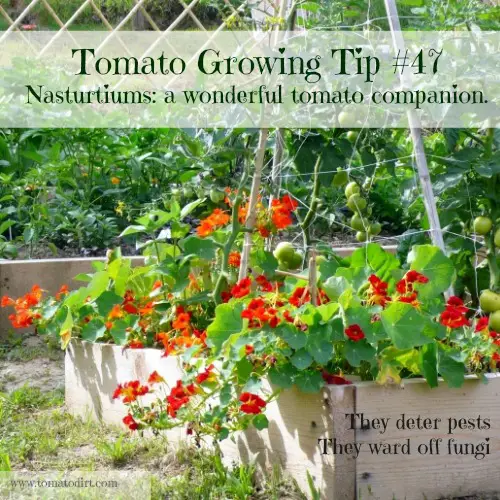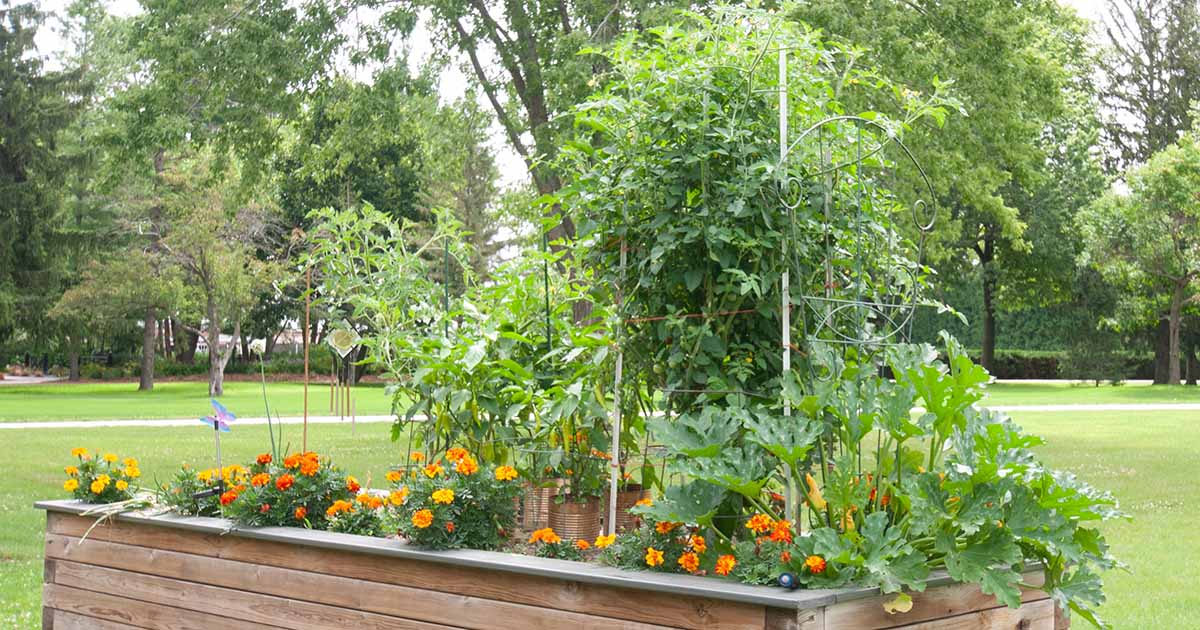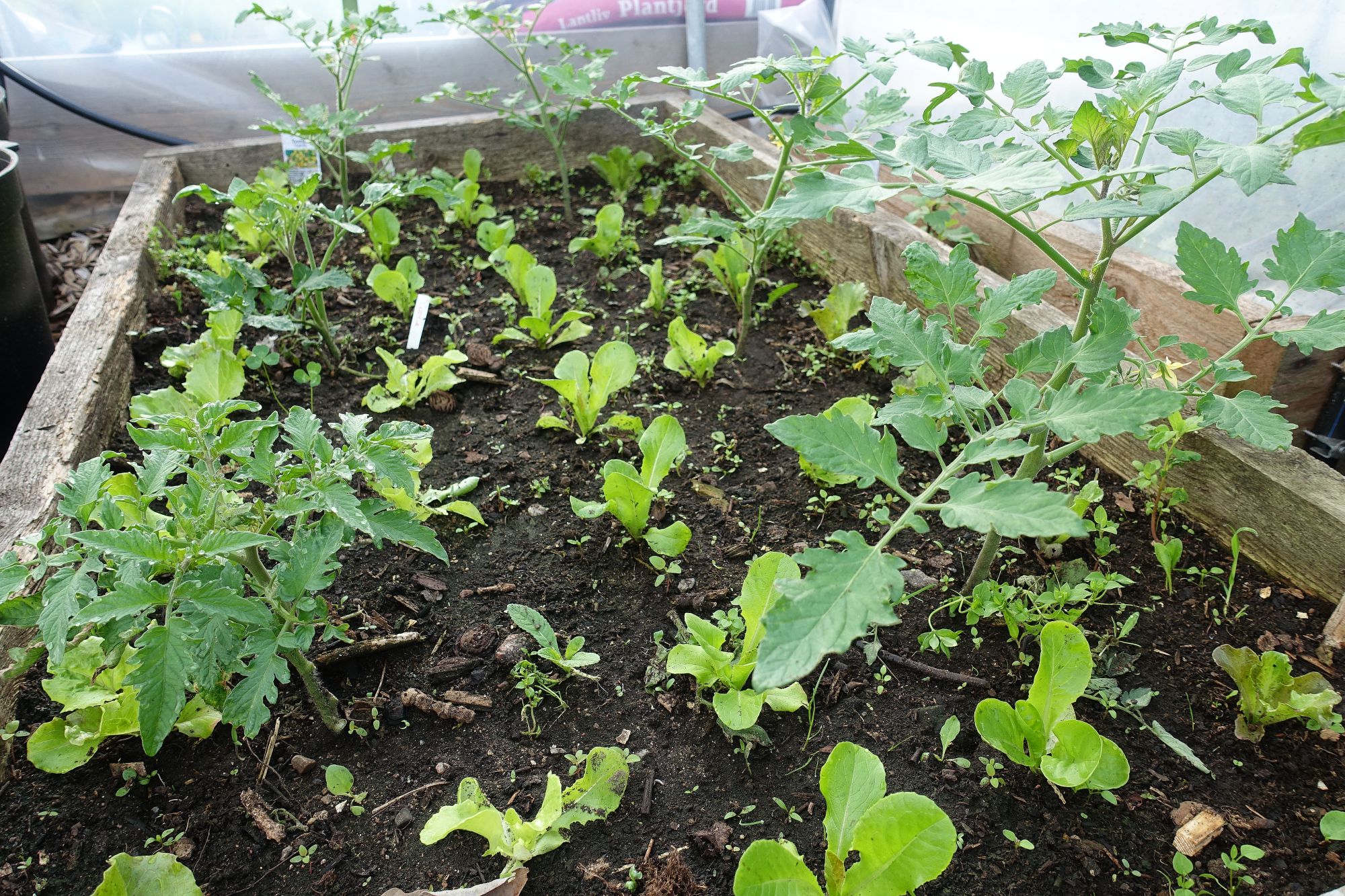Can Tomatoes And Peppers Be Planted Together
Tomatoes and peppers are two of the most popular vegetables grown in home gardens. They are both members of the nightshade family, which means they have similar growing requirements. But can they be planted together?
The short answer is yes, tomatoes and peppers can be planted together. However, there are a few things to keep in mind to ensure that they thrive.
Benefits of Planting Tomatoes and Peppers Together
There are several benefits to planting tomatoes and peppers together. First, they both have similar water and nutrient requirements. This means that you can water and fertilize them less often, which saves you time and money.
Second, tomatoes and peppers can help to attract beneficial insects to your garden. These insects, such as ladybugs and lacewings, can help to control pests that can damage your plants.
Third, tomatoes and peppers can provide shade for each other. This is especially important for peppers, which can be sensitive to the hot sun.
Potential Problems with Planting Tomatoes and Peppers Together
While there are many benefits to planting tomatoes and peppers together, there are also a few potential problems. One problem is that they can both be susceptible to the same diseases. If one plant becomes infected, the other plant may also become infected.
Another potential problem is that tomatoes and peppers can compete for space. If you don't plant them far enough apart, they may crowd each other out.
How to Plant Tomatoes and Peppers Together
To plant tomatoes and peppers together, choose a sunny spot in your garden that has well-drained soil. Amend the soil with compost or other organic matter to improve drainage and fertility.
Space the tomato plants 2-3 feet apart and the pepper plants 1-2 feet apart. This will give them enough room to grow and prevent them from crowding each other out.
Water the plants regularly, especially during hot, dry weather. Fertilize them every few weeks with a balanced fertilizer.
Conclusion
Tomatoes and peppers can be planted together, but there are a few things to keep in mind to ensure that they thrive. Plant them in a sunny spot with well-drained soil. Space them far enough apart so that they don't crowd each other out. Water and fertilize them regularly. By following these tips, you can enjoy a bountiful harvest of tomatoes and peppers from your garden.
Do you want to grow a bountiful harvest of tomatoes and peppers? If so, you need to know about companion planting. Companion planting is the practice of planting certain plants together to benefit each other. Some plants, like tomatoes and peppers, can actually help to protect each other from pests and diseases.
For example, tomatoes release a chemical that helps to repel nematodes, which are a common pest of peppers. Peppers, on the other hand, can help to deter tomato hornworms. When planted together, these two plants can help to keep each other healthy and productive.
To learn more about tomatoes and peppers companion planting, visit Home Gardening. This website has a wealth of information on the topic, including planting tips, a list of compatible plants, and a troubleshooting guide.
FAQ of tomatoes and peppers companion planting
- Can I plant tomatoes and peppers together?
Yes, tomatoes and peppers can be planted together. In fact, they are often considered to be companion plants because they have similar growing requirements. Both plants need full sun, well-drained soil, and regular watering. They also attract the same beneficial insects, such as ladybugs and lacewings, which help to control pests.
- What are some good companion plants for tomatoes and peppers?
Some good companion plants for tomatoes and peppers include:
* Basil: Basil is a popular companion plant for tomatoes because it helps to deter pests such as aphids and whiteflies. It also enhances the flavor of tomatoes.
* Cucumbers: Cucumbers and tomatoes can be planted together because they have similar growing requirements. They also help to shade the soil around the tomatoes, which can help to prevent diseases.
* Marigolds: Marigolds are another popular companion plant for tomatoes. They help to repel nematodes, which are a type of soil-dwelling pest that can damage tomatoes.
* Onions: Onions and peppers can be planted together because they help to repel root knot nematodes, which are a type of soil-dwelling pest that can damage peppers.
* Spinach: Spinach can be planted around the base of tomato plants to help suppress weeds and improve the soil quality.
- What are some plants that I should avoid planting near tomatoes and peppers?
Some plants that you should avoid planting near tomatoes and peppers include:
* Potatoes: Potatoes and tomatoes are both members of the nightshade family, and they are susceptible to the same diseases. Planting them together can increase the risk of disease transmission.
* Eggplants: Eggplants are also members of the nightshade family, and they can compete with tomatoes for nutrients and water.
* Cabbage: Cabbage can attract pests such as cabbage moths, which can also damage tomatoes.
* Melons: Melons and tomatoes have different water requirements, and planting them together can lead to problems with overwatering or underwatering.
* Cucumbers: Cucumbers and tomatoes can compete with each other for sunlight and space.
- How far apart should I plant tomatoes and peppers?
The spacing requirements for tomatoes and peppers will vary depending on the variety of plant and the climate you live in. However, as a general rule, you should plant tomatoes and peppers at least 2 feet apart. This will give them enough space to grow and prevent them from competing with each other for sunlight, water, and nutrients.
- What are some tips for companion planting tomatoes and peppers?
Here are some tips for companion planting tomatoes and peppers:
* Plant your tomatoes and peppers in a sunny spot with well-drained soil.
* Water your plants regularly, especially during hot, dry weather.
* Fertilize your plants every few weeks with a balanced fertilizer.
* Watch for pests and diseases, and take steps to control them as needed.
* Rotate your crops each year to help prevent the spread of diseases.
Image of tomatoes and peppers companion planting
- Tomatoes and basil. Basil is a natural pest repellent that can help to keep aphids, spider mites, and other insects away from tomatoes. It also helps to improve the flavor of tomatoes.
- Tomatoes and nasturtiums. Nasturtiums are another natural pest repellent that can help to protect tomatoes from pests. They also attract pollinators, which can help to improve the tomato harvest.

- Tomatoes and marigolds. Marigolds are another flowering plant that can help to repel pests. They also help to improve the soil quality, which can benefit tomatoes.

- Tomatoes and chives. Chives are a member of the onion family and can help to repel nematodes, which are small worms that can damage tomato roots.
- Tomatoes and beans. Beans fix nitrogen in the soil, which can help to improve the fertility of the soil and benefit tomatoes.
- Tomatoes and cucumbers. Cucumbers and tomatoes have similar growing requirements and can be planted together. They also help to shade each other from the sun, which can help to reduce the risk of sunburn.
- Tomatoes and lettuce. Lettuce does not compete with tomatoes for water or nutrients, so they can be planted together. Lettuce also helps to suppress weeds, which can help to keep the tomato plants healthy.

- Tomatoes and spinach. Spinach is another leafy green vegetable that does not compete with tomatoes for water or nutrients. It also helps to suppress weeds and improve the soil quality.

- Tomatoes and carrots. Carrots and tomatoes have different growing requirements, so they should not be planted too close together. However, they can be planted in the same area of the garden, as long as they are spaced out properly.
- Tomatoes and potatoes. Tomatoes and potatoes should not be planted together, as they can compete for water and nutrients. Planting them too close together can also increase the risk of spreading diseases.
Post a Comment for "Can Tomatoes And Peppers Be Planted Together"